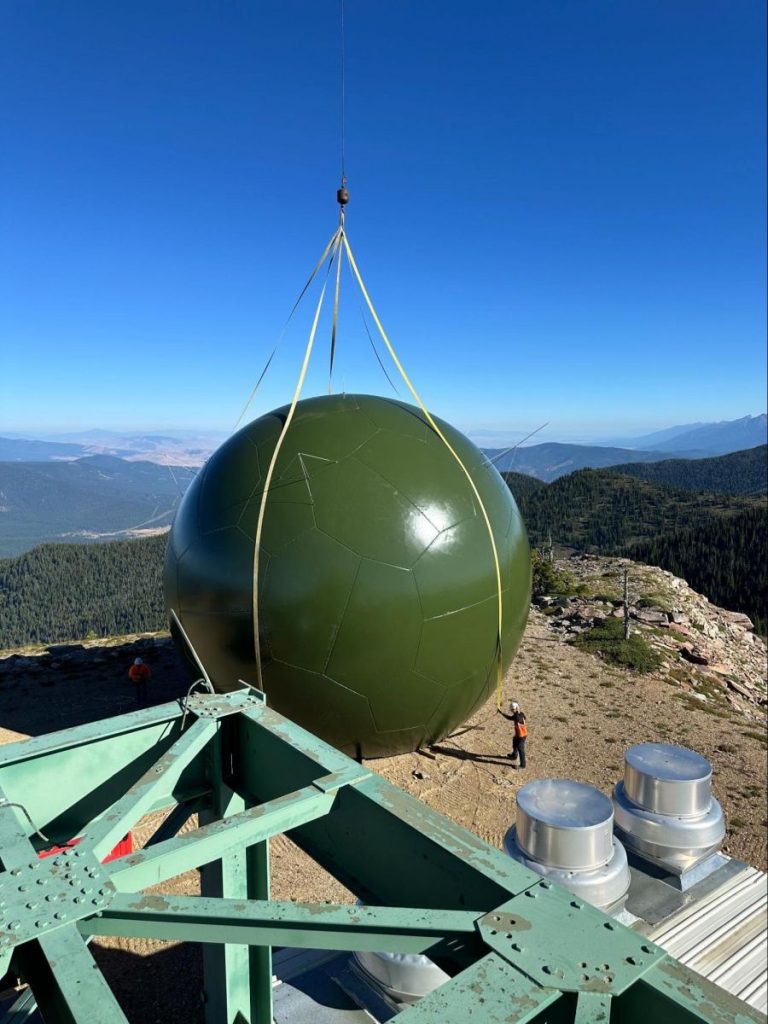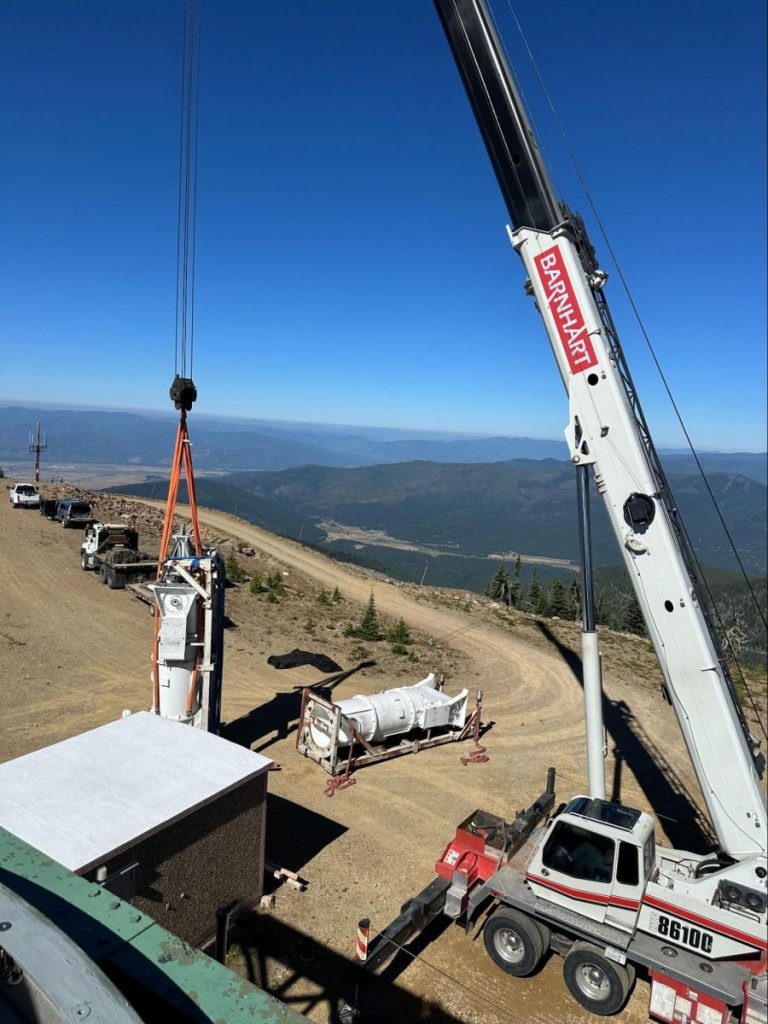The National Oceanic and Atmospheric Administration (NOAA) and the National Weather Service (NWS) have announced the completion of a $150 million, nine-year Service Life Extension Program (SLEP) aimed at modernizing the nation’s weather radar network. This vital upgrade extends the lifespan of the 159 Next Generation Weather Radar (NEXRAD) systems, ensuring their continued operation well into the next decade.

NEXRAD radars are crucial tools for meteorologists, enabling them to forecast severe and hazardous weather, issue timely warnings, and ultimately save lives and protect property. The completion of the radar pedestal refurbishment in Missoula, Montana, earlier this month marked the successful upgrade of all 122 NEXRAD systems operated by the NWS. Additionally, 37 NEXRAD systems managed by the Federal Aviation Administration and the Department of Defense were also upgraded, bringing the entire weather radar network up to date.
“We have improved our radar network by eliminating obsolete items while investing in new technology,” said Terry Clark, Director of the Radar Operations Center. “We are already seeing the positive results of this project in reduced life-cycle costs due to fewer maintenance needs. An added bonus is that we are maintaining radar availability at a high level after trending down prior to the upgrades, and the number of parts needing to be replaced has decreased by approximately 50 percent since 2018.”

The SLEP initiative involved five major upgrades to enhance the reliability and maintainability of the NEXRAD radars:
- Digital Signal Processor Refresh: The computer systems controlling the radar and processing data were modernized.
- Transmitter Refresh: Redesigned transmitter components and new wiring improved reliability and maintainability.
- Pedestal Refurbishment: Key components of the rotating radar pedestal were inspected, replaced, or refurbished.
- Equipment Shelter Refurbishment: Shelters housing radar and generator equipment received updates, including new paint, seals, and doors.
- New Generators: Emergency generators were replaced to comply with EPA guidelines and address aging infrastructure.
First developed in the 1980s and built in the 1990s, NEXRAD has undergone small upgrades over the past few decades. However, the SLEP effort targeted major components that had become obsolete, ensuring that the radar network remains operational, reliable, and maintainable through 2035 and beyond.
Looking ahead, NOAA is also working on the Radar Next program, which will define and deploy the next generation of weather radar technology. This initiative will focus on improving public safety, enhancing disaster preparedness, and advancing research on weather and climate.
The successful completion of the SLEP project, which concluded on time and under budget, reflects NOAA’s commitment to leveraging technology to support public safety and weather forecasting excellence.
